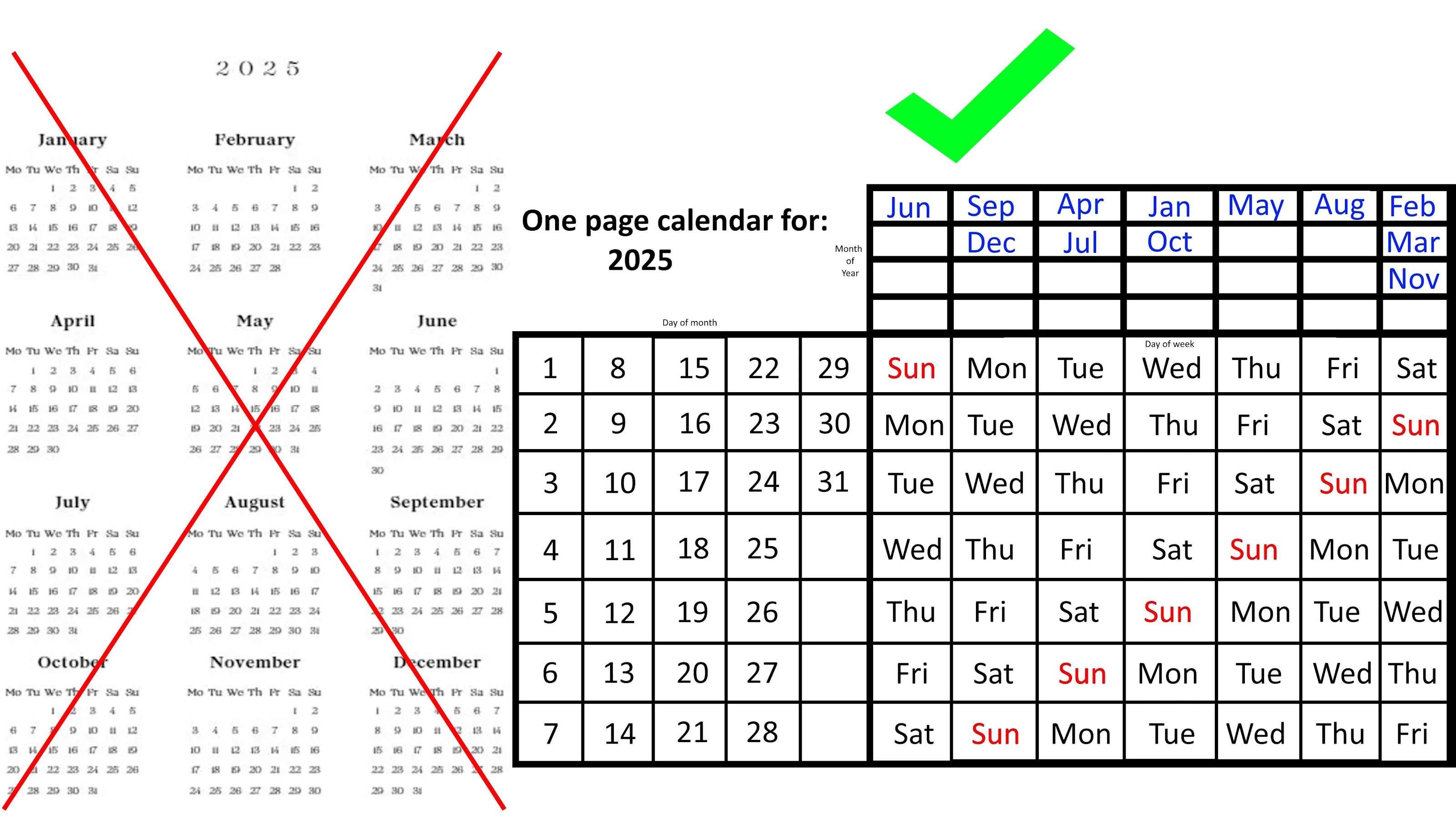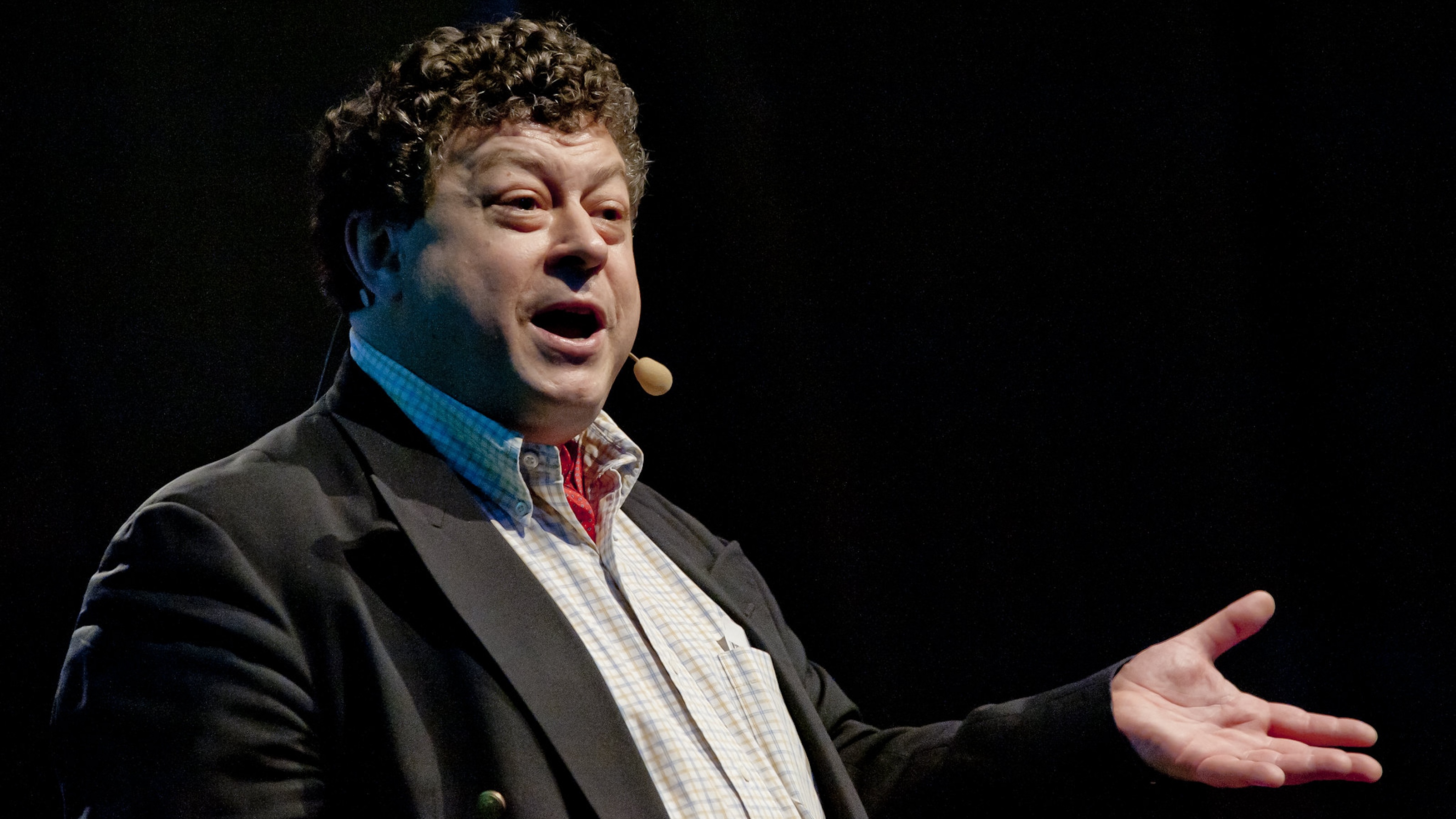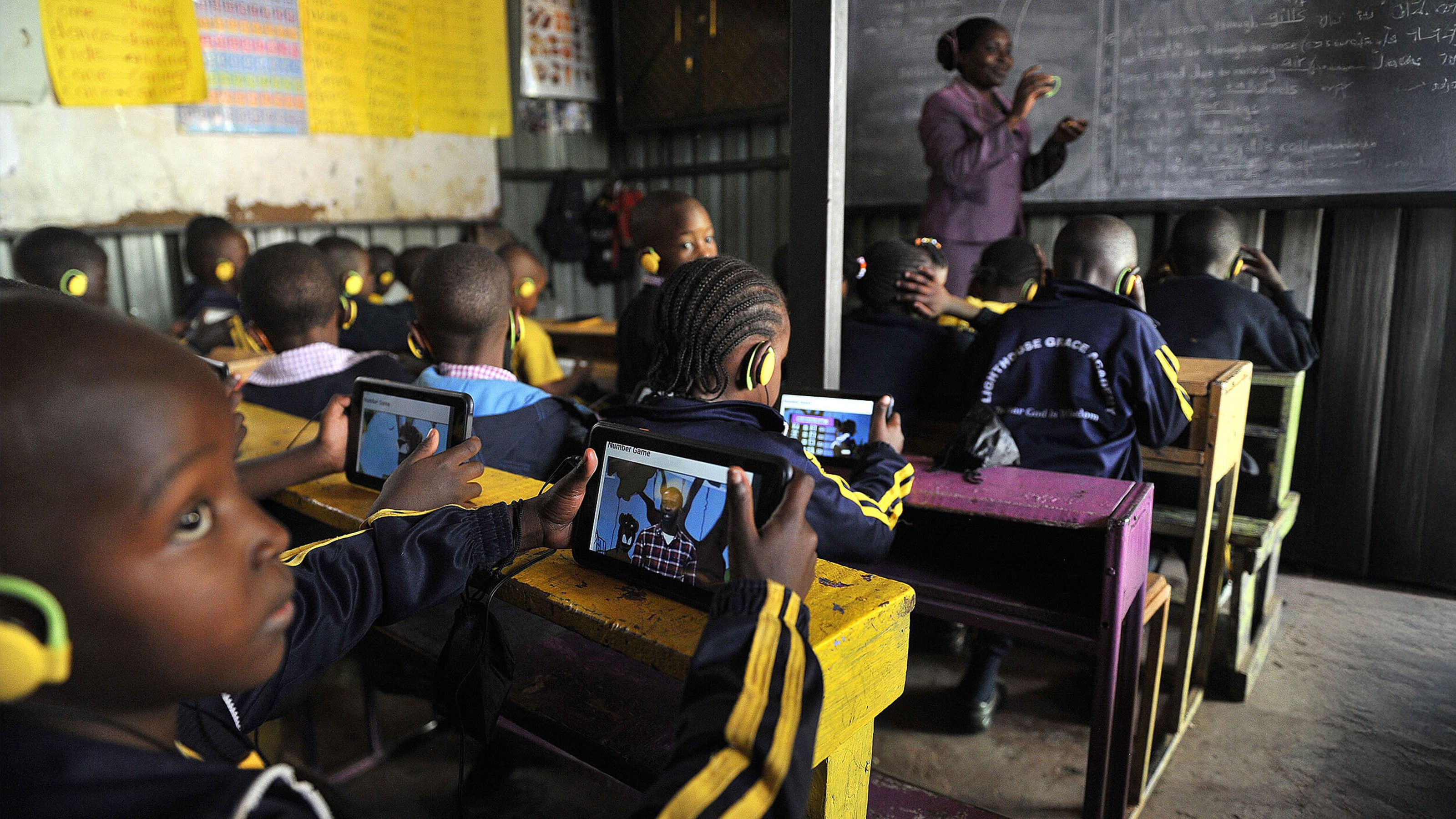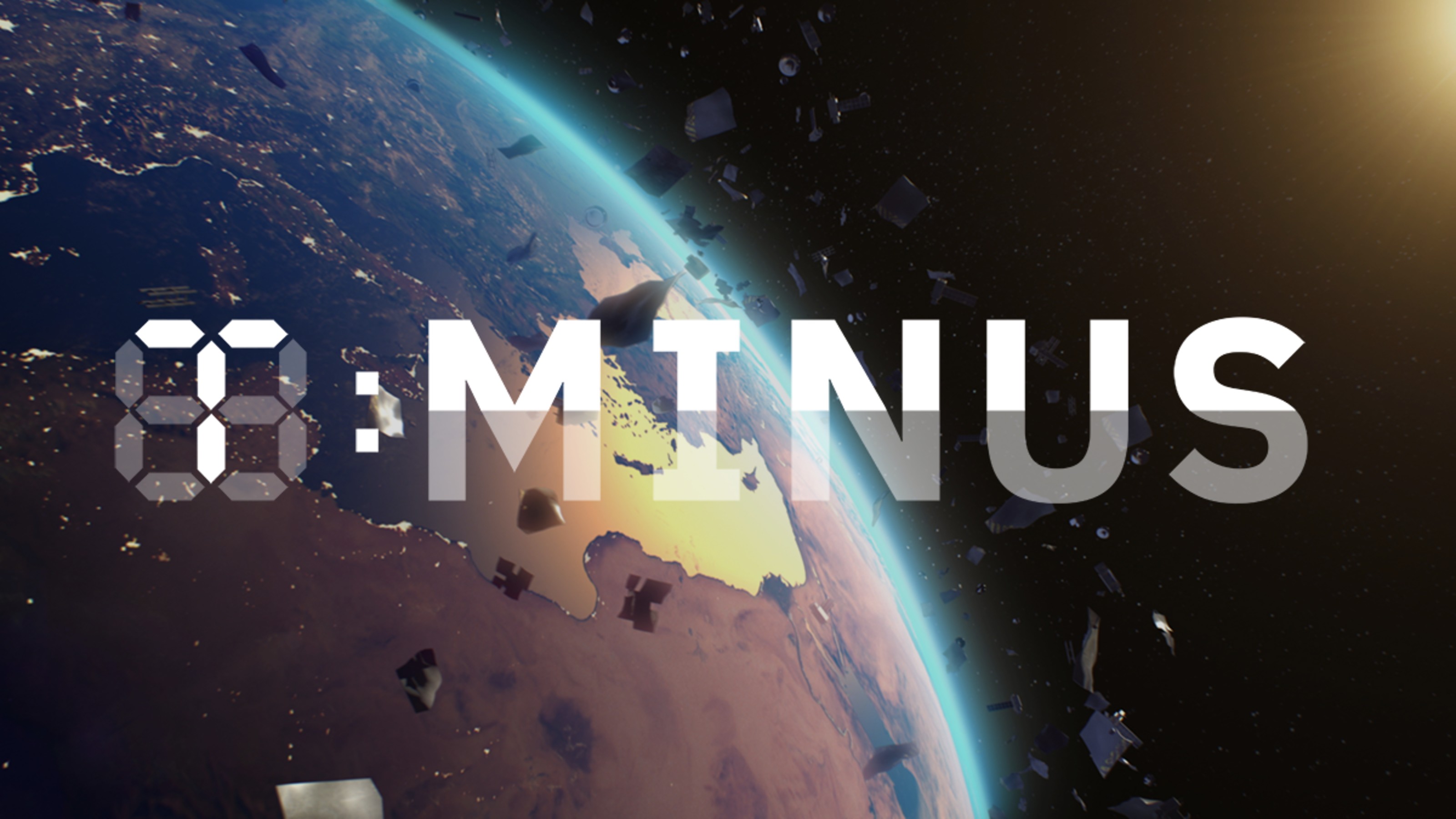For the founder of Year Up, asking this question of his students has yielded three concrete principles that are proving to work.
Question: What lessons can public schools learn from your organization?
Gerald Chertavian: All right, see, I would argue that you can find proxies for those incentives. I ask every one of our students: how would you change high school? You know, you're now in Year Up, you've seen a different way, you've seen a kind of professional learning environment. How would you change high school? And clearly, three things come out time and time and time again. One is relevance -- I need what I'm learning to be relevant to my future. And if you look at some of our great vocational technical schools, students are doing exceptionally well there because the learning is very relevant to them. They're learning something they know how that will apply. So relevance is critical. Relationships are deeply critical. Many of our students say, we wish we had a mentor in high school. We wish we had someone we could spend more time with, who paid more attention to us, who I could sit down with and talk to when I had a problem. So relationships are critical.
And last is being rigorous. So our students say, I wish they had higher standards for us in high school; I wish they expected more from us. I wish we had a dress code so we didn't have to worry about what each other wore every day. So I think our young adults know what they need to be successful and are willing to be held accountable. I often think our adults are failing our children in certain parts of our public education system. But if you go to a well-run public school, a well-run charter school or a well-run program like Year Up, I will guarantee you, you will find relevance, rigor and relationships at the core of the culture of that organization and how they serve young people. So we -- look, we know what works in education. What is hard is replicating that systemically across millions of children, tens of thousand of schools and millions of teachers. So we do know what works, but it's been very hard in education to find a way to replicate that system across a wide swathe of schools.
Recorded on: October 29, 2009





